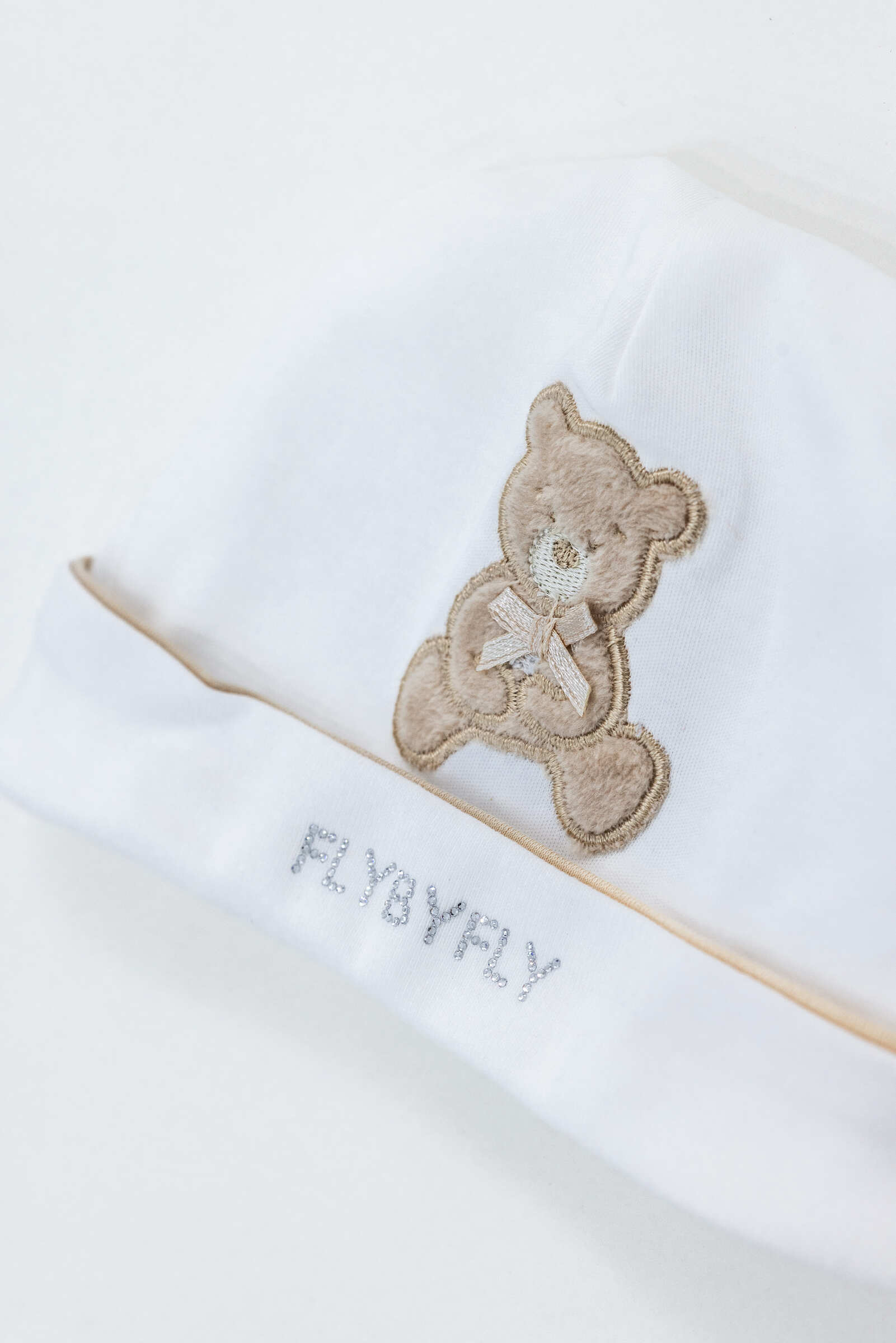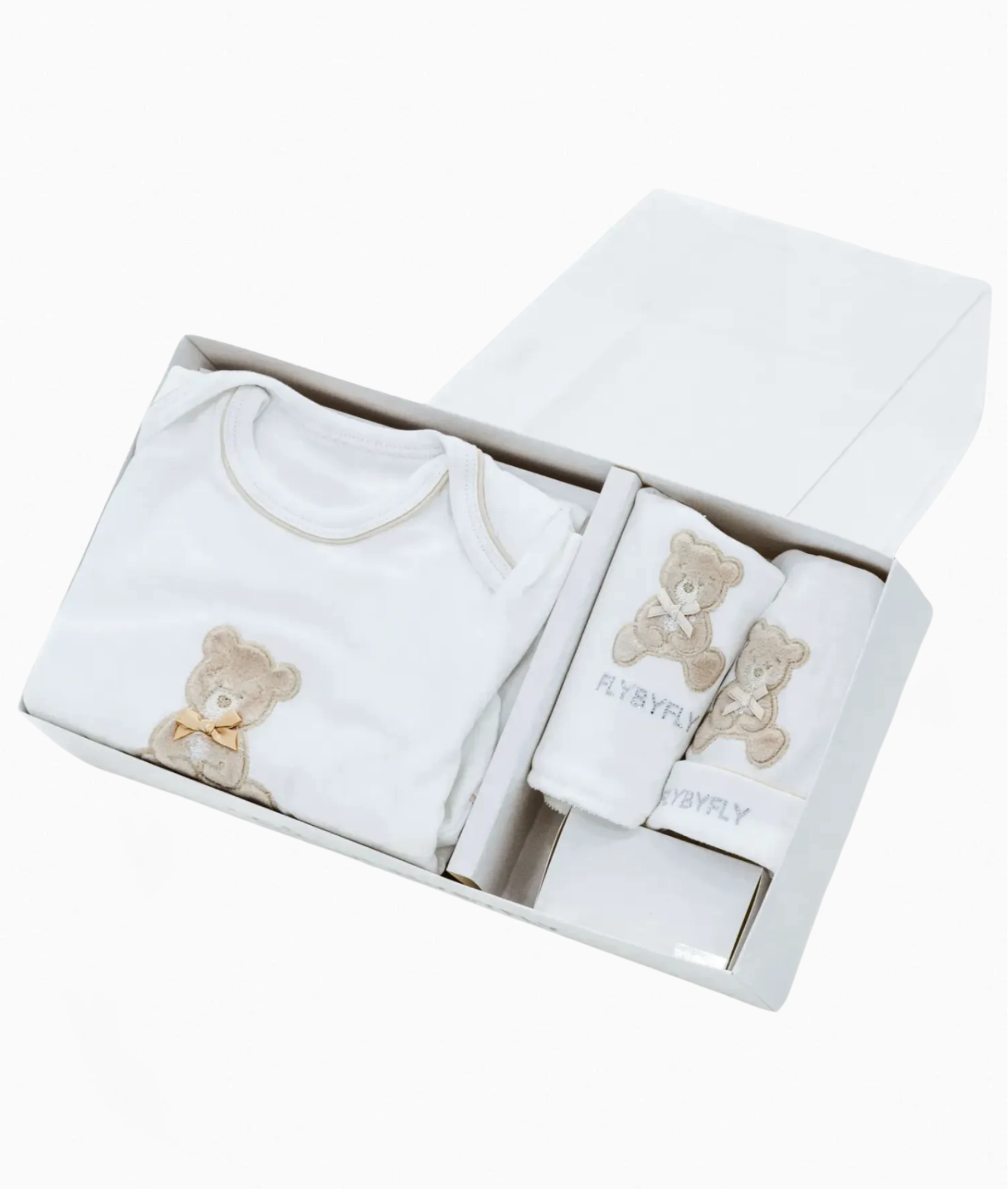Introduction
The arrival of a newborn is a momentous occasion filled with joy, excitement, and a myriad of responsibilities. Among the many items that new parents must consider for their little one, the humble newborn hat often goes overlooked. However, this simple accessory plays a crucial role in the health and well-being of infants during their first month of life. In this article, we will explore the various reasons why newborn hats are important, the different types available, and how to choose the right one for your baby.
Understanding Newborn Physiology
Before delving into the specifics of newborn hats, it is essential to understand the unique physiological characteristics of newborns. At birth, a baby’s body is still adapting to the external environment after spending approximately nine months in the womb. This transition can be challenging, particularly when it comes to temperature regulation.
Body Temperature Regulation: Newborns have a higher surface area-to-volume ratio compared to older children and adults, which means they lose heat more rapidly. Their ability to generate heat is also limited, making them susceptible to hypothermia. A newborn hat helps to retain body heat, providing an essential layer of warmth.
Skin Sensitivity: The skin of a newborn is delicate and sensitive. It is thinner than that of older children and adults, making it more vulnerable to environmental factors. A hat can protect the scalp and ears from harsh weather conditions, such as wind and cold.
Immature Immune System: Newborns are born with an immature immune system, making them more susceptible to infections. While a hat cannot prevent illness, it can help shield the baby from potential pathogens in the environment.
The Role of Newborn Hats
Newborn hats serve several important functions that contribute to the overall health and comfort of infants during their first month. Let’s explore these roles in detail.
1. Temperature Regulation
One of the primary functions of a newborn hat is to help regulate body temperature. Newborns can lose a significant amount of heat through their heads, accounting for up to 30% of total body heat loss. This is particularly concerning in cooler environments, where the risk of hypothermia increases.
Keeping Warm: A well-fitted hat can help trap heat and keep the baby warm, especially during the first few days after birth when they are particularly vulnerable. Hospitals often place hats on newborns immediately after delivery to ensure they maintain a stable body temperature.
Avoiding Overheating: While it is essential to keep newborns warm, it is equally important to avoid overheating. Parents should monitor their baby’s temperature and adjust clothing layers, including hats, accordingly.
2. Protection from the Elements
Newborns are particularly susceptible to environmental factors, including wind, sun, and cold. A hat provides a barrier against these elements, ensuring that the baby remains comfortable and protected.
Wind Protection: A soft hat can shield a newborn’s head and ears from cold winds, which can be particularly harsh during winter months. This protection is vital for maintaining body temperature and preventing discomfort.
Sun Protection: While newborns should not be exposed to direct sunlight for extended periods, a hat can provide some shade and protection from harmful UV rays when they are outdoors. A wide-brimmed hat can be especially effective in shielding the face and neck.
3. Comfort and Security
The transition from the womb to the outside world can be overwhelming for newborns. A snug hat can provide a sense of comfort and security, mimicking the feeling of being in the womb.
Soothing Effect: The gentle pressure of a hat can have a calming effect on a newborn, helping them feel more secure. This can be particularly beneficial during sleep, as it may promote better rest.
Familiarity: Many parents find that dressing their newborns in hats creates a sense of familiarity and bonding. The act of putting on a hat can become a cherished ritual that enhances the parent-child connection.
4. Prevention of Hair Loss
It is common for newborns to experience hair loss in the first few months of life, a condition known as telogen effluvium. This temporary hair loss can be distressing for parents, but a hat can help protect the delicate scalp and hair follicles.
Scalp Protection: A soft hat can prevent friction against surfaces, such as crib sheets or car seats, which can contribute to hair loss. By providing a protective barrier, a hat can help minimize this issue.
Encouraging Healthy Hair Growth: While a hat cannot directly influence hair growth, protecting the scalp can create a healthier environment for hair follicles, potentially promoting regrowth.
5.Health Monitoring
A newborn hat can also serve as a useful tool for parents in monitoring their baby’s health, particularly their temperature.
Temperature Checks: Parents can gauge their baby’s warmth by feeling the hat. If the hat feels excessively warm or if the baby appears flushed, it may indicate that the baby is overheating. Conversely, if the hat feels cold, it may signal that the baby is too cool and needs additional layers. This simple method allows parents to make quick adjustments to their baby’s clothing and environment to ensure optimal comfort.
Signs of Illness: Changes in a newborn’s behavior, such as increased fussiness or lethargy, can sometimes be linked to temperature regulation issues. A hat can help maintain a stable temperature, allowing parents to focus on other signs of illness without the added concern of temperature fluctuations.
Conclusion
In conclusion, the importance of newborn hats during the first month of life cannot be overstated. These simple yet essential accessories play a vital role in temperature regulation, protection from the elements, comfort, and even health monitoring. They also serve as a means of expression for parents, allowing them to showcase their style while caring for their little ones.
Ultimately, a newborn hat is more than just a piece of clothing; it is a symbol of love, care, and protection during a critical time in a baby’s life. As you prepare for your little one’s arrival, consider the many benefits of a newborn hat and make it a staple in your baby’s wardrobe. Whether it’s a cozy knit for winter or a lightweight cap for summer, the right hat can make all the difference in ensuring your newborn feels safe, secure, and loved.










